Having a strong internal communications plan is key to improving employee branding strategy. Many companies give little importance to employee branding and therefore have no strategy for it.As a consequence, there’s a lack of motivation within the company and employees underperform – doing their tasks either half-heartedly or with no interest. If left unfixed, the negative dynamic takes its toll and gets projected onto a valuable stakeholder – your clients.
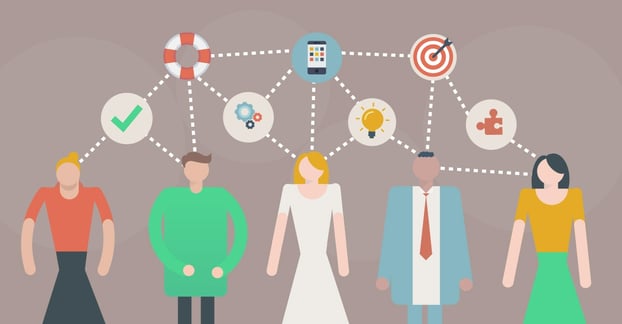
Why a good internal communication strategy matters
According to Forbes, an effective internal communications strategy is vital to boosting employee branding. Employees are the sellers of your product or service and form an integral part of the company’s first line. In tackling employee branding, you enhance your organization’s image. A good employee branding strategy is to tackled from within.
Happiness leads to a 12% increase in productivity. Having a clear idea of what you do and and how it contributes to the team and company provides the comfort and employee satisfaction needed.
An organization is like a human body and its departments like its organs. In order for the body to be healthy, its organs must be at working at their best. The drop in performance in one will inevitably affect others, which takes a toll on the entire system. The same concept applies to organizations, and this is independent of whether the department has a direct client interaction. I.e. if your marketing department fails, there might not even be customers for the sales department to begin with.
How to create an engaging internal communications plan
It’s impossible to form an effective internal communications plan if you have you're out of touch. Take a step back and re-evaluate your current situation, check if you’ve deviated from your path, and how far away you are from your goal. Engaging your employees and consulting their opinions will be a key part of this. Look towards the exterior while tackling from the interior. But be patient, change never comes easy and if you’re doing this for the first time, do not expect immediate results.
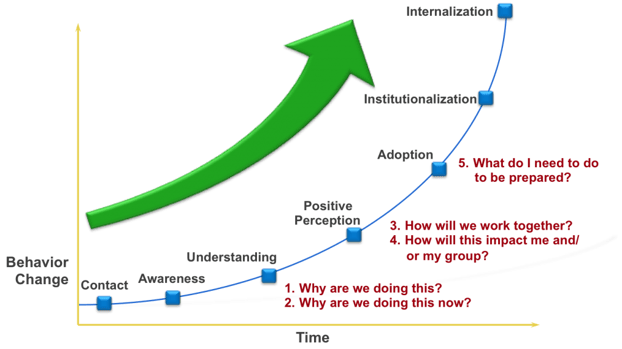
Source: spiGLASS
The main targets of any internal communications plan are split into two groups: new hires and existing employees. To these groups, there are strategies that you should apply both individually and together.
Have a good onboarding plan
Having a new hire is always exciting for him/her and for the company. New hires are usually motivated and with an eagerness to learn and fit in. The first impression is always the one that sticks. So when dealing with new hires, take advantage of this fresh zest and be sure to maintain it. Having a good employee onboarding plan should be one of the main pillars of your internal communication strategy.
Given that it takes an average of one month for any new hire to settle in, set at least a 90-day period for your onboarding plan. If you haven’t already done so, incorporating microlearning at this early stage will help to reinforce essential messages such as the company’s mission and vision.
Microlearning is an effective way to get knowledge and key messages to stick with Millennials, who have an average attention span of 90 seconds and are expected to make up 75% of the workforce by 2025. So to retain good workers from this generation, you must cater to them by using what’s called ‘bite-sized learning’ and hooking them in right from the beginning and maintaining their attention.
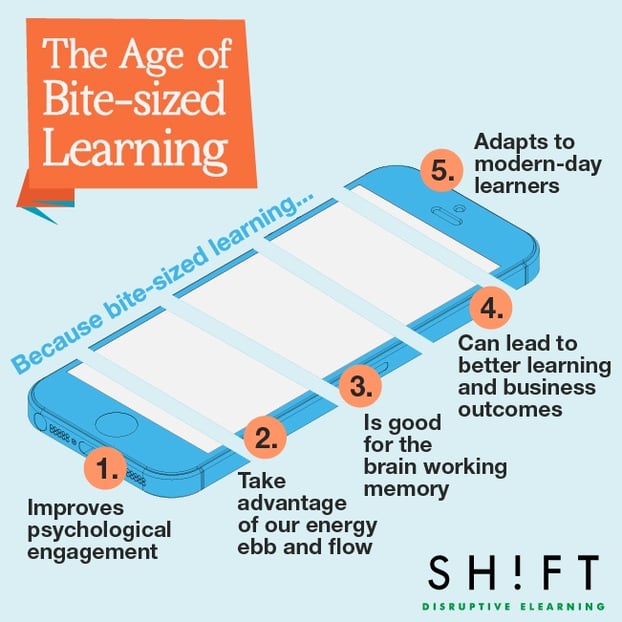
Source: Whatfix
Try to vary the learning sessions during onboarding. Remember that nothing kills an onboarding experience like dry presentation after presentation. One way to keep the new hires engaged is by incorporating gamification for fun learning, which brings us to our next point.
Grow with gamification
The concept of gamification has been around for decades. Some date its introduction to 1912 by popcorn brand American Cracker Jack. These days, it’s become common practice in the workplace and is a fast-growing industry that is expected to hit $11 billion by 2020.
World-leading firms including Deloitte and have long been using gamification to bring success to their internal communications.
One advantage of gamification is its versatility in instilling a learning culture in the company, which allows it to be introduced in many different ways – to your intranet, to your onboarding plan, when switching to a new system, or even when there’s a new product launch.
Through engaging interaction among employees, gamification helps to build stronger collaboration and loyalty. This helps them better understand and retain information and this, in turn, translates to increased productivity.
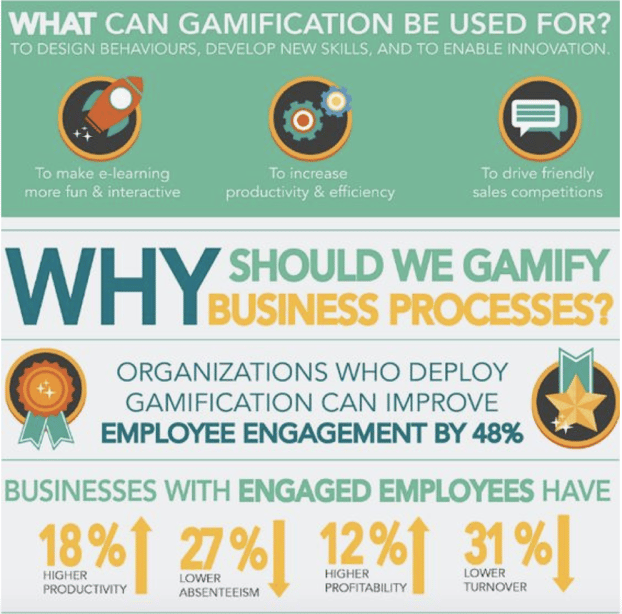
Source: Interact
Open a two-way communication channel
Encouraging engagement and interaction among employees is important, but this is equally as important between employee and management. For any kind of communication to work, there must be an unrestricted flow of communication from top down and bottom up.
People seek channels to provide feedback and express opinions freely. Opening a channel such as a company forum allows employees to do so stay engaged, and engaged employees tend to report sick less and are have lower levels of stress.
Monitor forums and take time to respond to the comments as quickly as possible at all levels of the organization. This helps the company to better identify challenges together and forms a unity by cutting down the divide between top and bottom.
Most importantly, remember the saying ‘there is no such thing as a dumb question’ and never be condescending. The aim is to encourage feedback. Patronizing remarks will simply put people off.
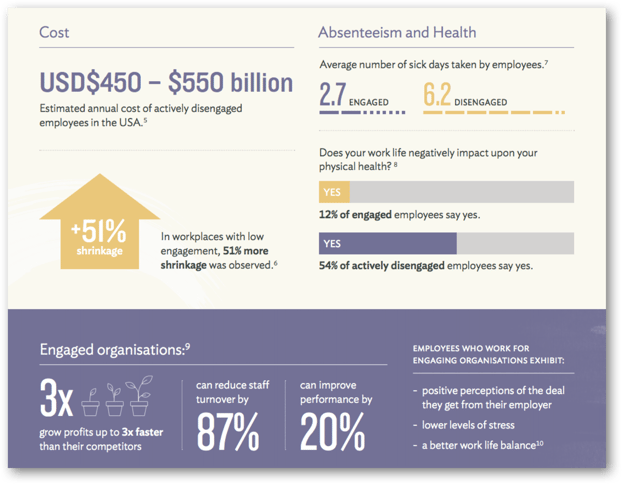
Source: Culture Amp
As with any relationship, authenticity is key. Maintaining a trusting relationship takes two hands to clap. Trust builds confidence, which breeds optimism. When implementing a good internal communications strategy, be consistent in your messaging and genuine in engaging your employees.
To effectively improve your employee branding strategy, it should not be about simply appearing to listen. This will not be sustainable in the long run and you run the risk of outcomes backfiring on your original intentions. Transparent and open channels will serve the two-way communication needed for effective internal communications that support positive branding.





-1.jpg)
.jpg)

